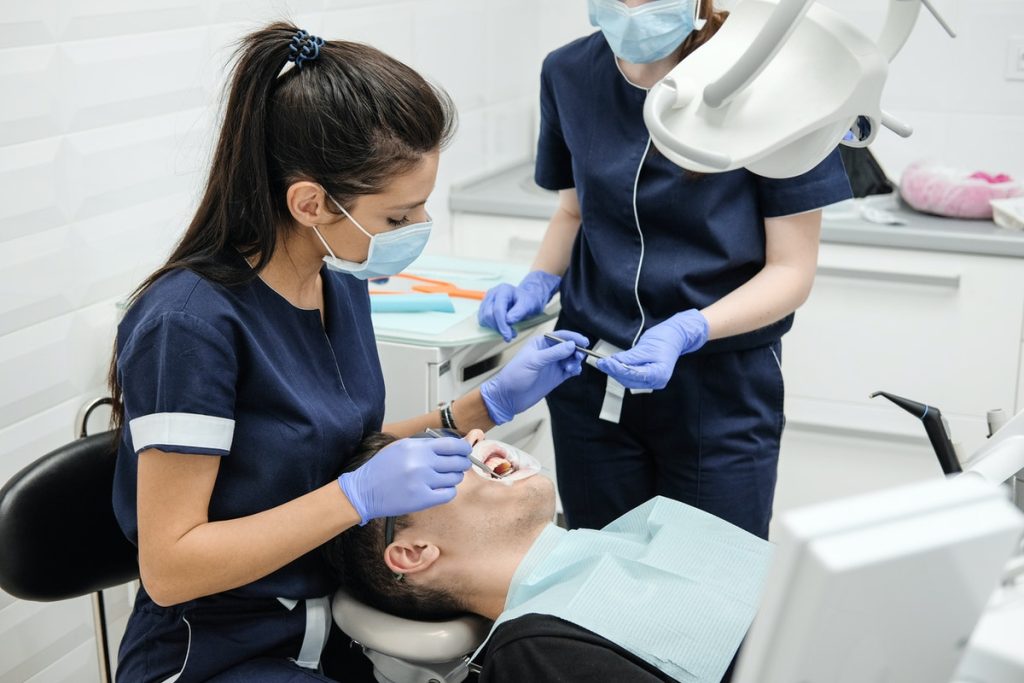What’s the point of straight teeth? Do they really matter and why should you be considering this treatment?
How straight or crooked somebody’s teeth are traditionally falls into one or two broad categories; clinically relevant or cosmetic. About one third of young people will be deemed to have clinically relevant misalignment, that impacts on the way they eat or speak.
Unfortunately for many of these individuals, their treatment will be avoided or partially implemented leading to their misalignment continuing into adulthood. For others, their misalignments may have been non-clinically relevant, but still cause problems like making brushing challenging or feeling self-conscious about them.
Either way, straightening teeth has become cheaper and easier than ever, reducing the barriers and friction to treatment. Innovations have been made allowing more people to get the smile they deserve, for instance clear aligners becoming available with orthodontics Navan.
How do realignment treatments work?
The foundation of all straightening treatment is the mobility of teeth; yes, teeth move!
With a consistent mild pressure, tooth position can be modified over time. Dental roots are surprisingly long and the tendons that stabilise them are flexible and extendable. This allows many severe misalignments to be corrected, like crowding or protruding teeth as well as bite meshing. Closing open bites allows over and underbites to meet in the middle, for better overall realignment.
Tools of the trade
One of the first medical manuals written in ancient Greece gave a set of treatment exercises that use finger pressure to move teeth. Braces are more conventional, however, and use a consistent method of applying forces to teeth. You can expect this treatment time to go from 6 months for cosmetic treatment to a year or more in complex cases. Braces provide a considerable amount of force over short distances and therefore they require tightening and readjusting as the teeth move; this needs to be done every 6 to 8 weeks throughout treatment.
Invisalign
Invisalign introduced the first commercial clear aligners and a new method of straightening teeth without the bulky brackets and wires of traditional braces. Aligners are clear plastic guards that are worn over the teeth and these are used in series with each being of a slightly different shape than the previous. As these plastic forms are distorted out of shape, they apply a force onto the teeth coercing them into a new position.
HSE – Health Service Executive
Most people’s first opportunity for treatment with braces is via the Health Service Executive. The referrals have to be made before the age of 16 and it usually occurs before the 6th class year general check-up which is meant to act as a final screening.
This decision can be appealed against with the aid of a private dentist. After 16, free braces or aligners are unavailable.
Private and adult care
For many patients, private care is the only option. But the limitations of braces, in terms of their impact on your everyday life, costs, as well as the obligation to regularly travel back to the clinic for brace tightening, are a substantial drawback. Clear aligners have therefore become extremely popular among adult patients, as they provide the smile that everyone wants in a shorter time frame.


